Home>Gardening & Outdoor>Pool & Spa Care>What To Do When Alkalinity Is High In Hot Tub


Pool & Spa Care
What To Do When Alkalinity Is High In Hot Tub
Modified: February 25, 2024
Learn effective strategies for managing high alkalinity in your hot tub. Discover expert tips for maintaining optimal pool and spa care. Explore solutions to balance alkalinity and ensure a relaxing, enjoyable experience.
(Many of the links in this article redirect to a specific reviewed product. Your purchase of these products through affiliate links helps to generate commission for Storables.com, at no extra cost. Learn more)
Introduction
Owning a hot tub is a luxurious and relaxing experience, offering a soothing retreat from the hustle and bustle of everyday life. However, maintaining the water chemistry of your hot tub is crucial to ensure a safe and enjoyable experience. One of the key factors to monitor is alkalinity, which plays a significant role in balancing the pH levels of the water.
In this comprehensive guide, we will delve into the intricacies of managing alkalinity in your hot tub. From understanding the concept of alkalinity to identifying the causes and effects of high alkalinity, we will equip you with the knowledge needed to maintain a harmonious hot tub environment. Additionally, we will explore the methods to test and regulate alkalinity levels, along with valuable tips to prevent future imbalances.
By the end of this article, you will be well-versed in the art of managing alkalinity in your hot tub, allowing you to indulge in a serene and rejuvenating soak without any concerns about water quality. Let's embark on this insightful journey to ensure that your hot tub remains a haven of relaxation and well-being.
Key Takeaways:
- Regularly test your hot tub’s alkalinity to maintain a balanced and comfortable environment for relaxation. Address high alkalinity with gradual adjustments and proactive measures to prevent future imbalances.
- Prevent high alkalinity by using softened water, proper chemical application, and regular maintenance. Stay proactive in water care to sustain a harmonious hot tub experience.
Read more: What To Use To Lower Alkalinity In Hot Tub
Understanding Alkalinity in Hot Tubs
Alkalinity refers to the water’s capacity to resist changes in pH, serving as a buffer against fluctuations that could compromise the water’s balance. In the context of hot tubs, maintaining the appropriate alkalinity level is essential for preserving water quality and ensuring the effectiveness of other water chemistry parameters.
The ideal alkalinity range for hot tubs typically falls between 80 and 120 parts per million (ppm). This range provides stability to the water, preventing rapid pH shifts that can lead to discomfort for bathers and potential damage to the hot tub components.
When the alkalinity level is within the recommended range, it helps to stabilize the pH, which in turn influences the effectiveness of sanitizers and the comfort of those enjoying the hot tub. Moreover, balanced alkalinity contributes to the longevity of the hot tub equipment, as it minimizes the risk of corrosion and scale buildup.
Understanding the significance of alkalinity empowers hot tub owners to maintain a healthy and inviting environment for relaxation. By monitoring and regulating alkalinity levels, you can ensure that your hot tub water remains conducive to a delightful and revitalizing experience.
Testing Alkalinity Levels
Regularly testing the alkalinity levels of your hot tub water is a fundamental aspect of proper maintenance. This process allows you to gauge the alkalinity level accurately and make informed decisions regarding any necessary adjustments.
There are various methods for testing alkalinity, with test strips and liquid test kits being the most commonly used. Test strips offer a quick and convenient way to assess alkalinity levels, typically providing results within seconds. To use test strips, simply dip them into the hot tub water and compare the resulting color changes to the provided color chart. Liquid test kits, on the other hand, involve adding reagents to a water sample and observing the resulting color changes to determine the alkalinity level.
When conducting the test, it is important to follow the manufacturer’s instructions meticulously to ensure accurate results. Additionally, it is advisable to perform the test in multiple areas of the hot tub to account for any potential variations in water chemistry.
Upon obtaining the test results, you can assess whether the alkalinity level falls within the recommended range. If the alkalinity is too high, appropriate measures can be taken to lower it and restore the water’s balance. Conversely, if the alkalinity is too low, adjustments can be made to bring it within the optimal range.
By regularly testing the alkalinity levels of your hot tub water, you can proactively manage the water chemistry, promoting a pleasurable and hygienic environment for relaxation and rejuvenation.
Causes of High Alkalinity
High alkalinity in a hot tub can stem from various sources, and understanding these causes is crucial for effectively addressing and preventing imbalances in water chemistry.
- Use of Alkaline Products: Introducing alkaline-based products into the hot tub, such as certain water clarifiers or pH increasers, can elevate alkalinity levels over time. While these products serve specific purposes, overuse or improper dosing can lead to an accumulation of alkalinity in the water.
- Hard Water: If the source water used to fill the hot tub has high alkalinity and calcium levels, it can contribute to elevated alkalinity in the hot tub. The minerals present in hard water can gradually increase the overall alkalinity of the hot tub water.
- Carbonate Buildup: Over time, carbonate buildup can occur in the hot tub, particularly in areas with high water evaporation rates. This buildup can elevate alkalinity levels, necessitating corrective actions to restore balance.
- Improper Chemical Balancing: Inconsistent or inaccurate application of water-balancing chemicals, such as alkalinity increasers, can lead to spikes in alkalinity levels. Failure to measure and adjust these chemicals appropriately can result in imbalances that manifest as high alkalinity.
Identifying the specific causes of high alkalinity in your hot tub is essential for implementing targeted solutions. By addressing the root sources of elevated alkalinity, you can effectively restore the water’s balance and prevent recurring issues in the future.
Moreover, proactive measures, such as using softened water to fill the hot tub and exercising caution when applying alkaline-based products, can contribute to maintaining optimal alkalinity levels, promoting a harmonious hot tub environment for relaxation and enjoyment.
To lower high alkalinity in a hot tub, you can add a pH decreaser or muriatic acid. Follow the product instructions and retest the water after a few hours.
Effects of High Alkalinity
High alkalinity in a hot tub can have several adverse effects on both the water quality and the overall hot tub experience. Understanding these effects is crucial for recognizing the signs of elevated alkalinity and taking prompt corrective action.
One notable effect of high alkalinity is the potential for pH imbalance. Alkalinity acts as a buffer for pH, and when it is excessively high, it can lead to a corresponding increase in pH levels. This can result in water that feels uncomfortable, potentially causing skin and eye irritation for bathers. Additionally, high pH levels can diminish the effectiveness of sanitizers, compromising the hot tub’s ability to maintain a hygienic environment.
Another consequence of high alkalinity is the propensity for scale formation. Elevated alkalinity can contribute to the precipitation of minerals, leading to the formation of scale on hot tub surfaces and equipment. This scale not only detracts from the visual appeal of the hot tub but can also impede the functionality of components such as jets and filters, necessitating thorough cleaning and potential replacement.
Furthermore, high alkalinity can hinder the efficacy of other water chemistry adjustments. When alkalinity is excessively high, it can impede efforts to regulate pH and sanitizer levels, creating a cascade of challenges in maintaining balanced water chemistry.
From a user perspective, high alkalinity can detract from the overall hot tub experience, causing discomfort and potentially dissuading individuals from enjoying the relaxation and therapeutic benefits that a properly maintained hot tub offers.
By being attentive to the effects of high alkalinity, hot tub owners can promptly address imbalances and restore the water to an optimal state. This proactive approach ensures that the hot tub remains a welcoming sanctuary, free from the detrimental impacts of elevated alkalinity.
Read more: What To Do If Stabilizer Is High In Hot Tub
How to Lower Alkalinity in Your Hot Tub
Lowering the alkalinity in your hot tub is a multi-step process that requires careful attention to detail and consistent monitoring of water chemistry. By following these steps, you can effectively reduce alkalinity levels and restore the water’s balance:
- Partial Water Replacement: Draining a portion of the hot tub water and replacing it with fresh water can help dilute the alkalinity. This method is particularly effective when the source water has lower alkalinity levels, contributing to an overall reduction in the hot tub’s alkalinity.
- Use of Acidic Products: Adding an appropriate amount of a pH decreaser, such as muriatic acid or sodium bisulfate, can help lower alkalinity levels. It is essential to follow the manufacturer’s guidelines and make gradual adjustments, testing the water frequently to avoid overcorrection.
- Aeration: Increasing aeration in the hot tub, such as by running the jets or adding an air bubbler, can facilitate the release of carbon dioxide from the water. This process, known as outgassing, can help reduce alkalinity levels over time.
- Monitor and Adjust pH: Maintaining the pH within the recommended range (typically 7.2 to 7.8) is crucial for managing alkalinity. By regulating the pH using appropriate chemicals, you can indirectly influence alkalinity levels, promoting a balanced water environment.
It is important to note that when implementing these methods, gradual adjustments are key to avoiding drastic fluctuations in water chemistry. Regularly testing the water and making incremental changes allows for precise control over alkalinity levels, mitigating the risk of overcorrection or imbalances.
Additionally, seeking guidance from a professional or consulting with a pool and spa care specialist can provide valuable insights into lowering alkalinity effectively and safely. Their expertise can offer tailored recommendations based on the specific characteristics of your hot tub and its water chemistry.
By diligently applying these methods and maintaining a proactive approach to water care, you can successfully lower alkalinity in your hot tub, fostering an environment that promotes relaxation, well-being, and long-term enjoyment.
Preventing High Alkalinity in the Future
While addressing high alkalinity in your hot tub is essential, taking proactive measures to prevent its recurrence is equally important. By incorporating preventive strategies into your hot tub maintenance routine, you can mitigate the risk of elevated alkalinity and sustain a harmonious water environment. Here are several effective methods for preventing high alkalinity in the future:
- Regular Water Testing: Consistently monitoring alkalinity levels, along with pH and sanitizer levels, is crucial for early detection of imbalances. By conducting regular water tests and promptly addressing any deviations from the recommended ranges, you can prevent alkalinity from reaching problematic levels.
- Proper Chemical Application: Adhering to precise dosing guidelines when adding water-balancing chemicals, such as alkalinity increasers or decreasers, is essential for maintaining optimal water chemistry. Avoiding overuse or underuse of these chemicals helps prevent sudden fluctuations in alkalinity.
- Source Water Consideration: If possible, using softened or filtered water to fill your hot tub can help mitigate the introduction of excessive minerals and alkalinity. Understanding the composition of your source water and taking appropriate measures to address any inherent imbalances can contribute to long-term water stability.
- Regular Maintenance and Cleaning: Routinely cleaning the hot tub surfaces and equipment, including removing scale and mineral deposits, can prevent the accumulation of substances that contribute to elevated alkalinity. Additionally, maintaining proper water circulation and filtration aids in preventing mineral buildup and imbalances.
- Education and Professional Guidance: Continuously educating yourself on best practices for hot tub maintenance and seeking guidance from pool and spa care professionals can enhance your understanding of preventive measures. Their expertise can provide valuable insights into proactive water care strategies tailored to your specific hot tub setup and environmental conditions.
By integrating these preventive measures into your hot tub maintenance regimen, you can establish a proactive approach to water care that minimizes the likelihood of high alkalinity. Consistent vigilance and adherence to best practices lay the foundation for a balanced and inviting hot tub environment, ensuring that you and your guests can indulge in a relaxing and rejuvenating experience free from the disruptions of water chemistry imbalances.
Conclusion
Managing alkalinity in your hot tub is a vital aspect of preserving water quality and creating an inviting environment for relaxation and rejuvenation. By gaining a comprehensive understanding of alkalinity, testing levels regularly, and addressing imbalances effectively, you can ensure that your hot tub remains a sanctuary of comfort and well-being.
Recognizing the causes and effects of high alkalinity empowers you to take targeted measures to restore balance and prevent future imbalances. Whether through partial water replacement, the use of appropriate chemicals, or aeration techniques, lowering alkalinity demands a thoughtful and systematic approach to water care.
Moreover, adopting preventive strategies, such as regular water testing, proper chemical application, and source water consideration, serves as a proactive defense against high alkalinity. By integrating these measures into your maintenance routine, you can safeguard your hot tub from potential imbalances, fostering a consistently harmonious water environment.
In essence, the art of managing alkalinity in your hot tub is a blend of knowledge, attentiveness, and proactive care. By embracing these principles, you can uphold the integrity of your hot tub’s water chemistry, ensuring that every soak is a delightful and revitalizing experience for you and your guests.
As you embark on your journey of hot tub maintenance and water care, remember that each step you take to manage and prevent high alkalinity contributes to the longevity and enjoyment of your hot tub. With a steadfast commitment to water quality and a proactive mindset, you can savor the tranquil oasis that your hot tub provides, free from the disruptions of imbalanced alkalinity.
Frequently Asked Questions about What To Do When Alkalinity Is High In Hot Tub
Was this page helpful?
At Storables.com, we guarantee accurate and reliable information. Our content, validated by Expert Board Contributors, is crafted following stringent Editorial Policies. We're committed to providing you with well-researched, expert-backed insights for all your informational needs.
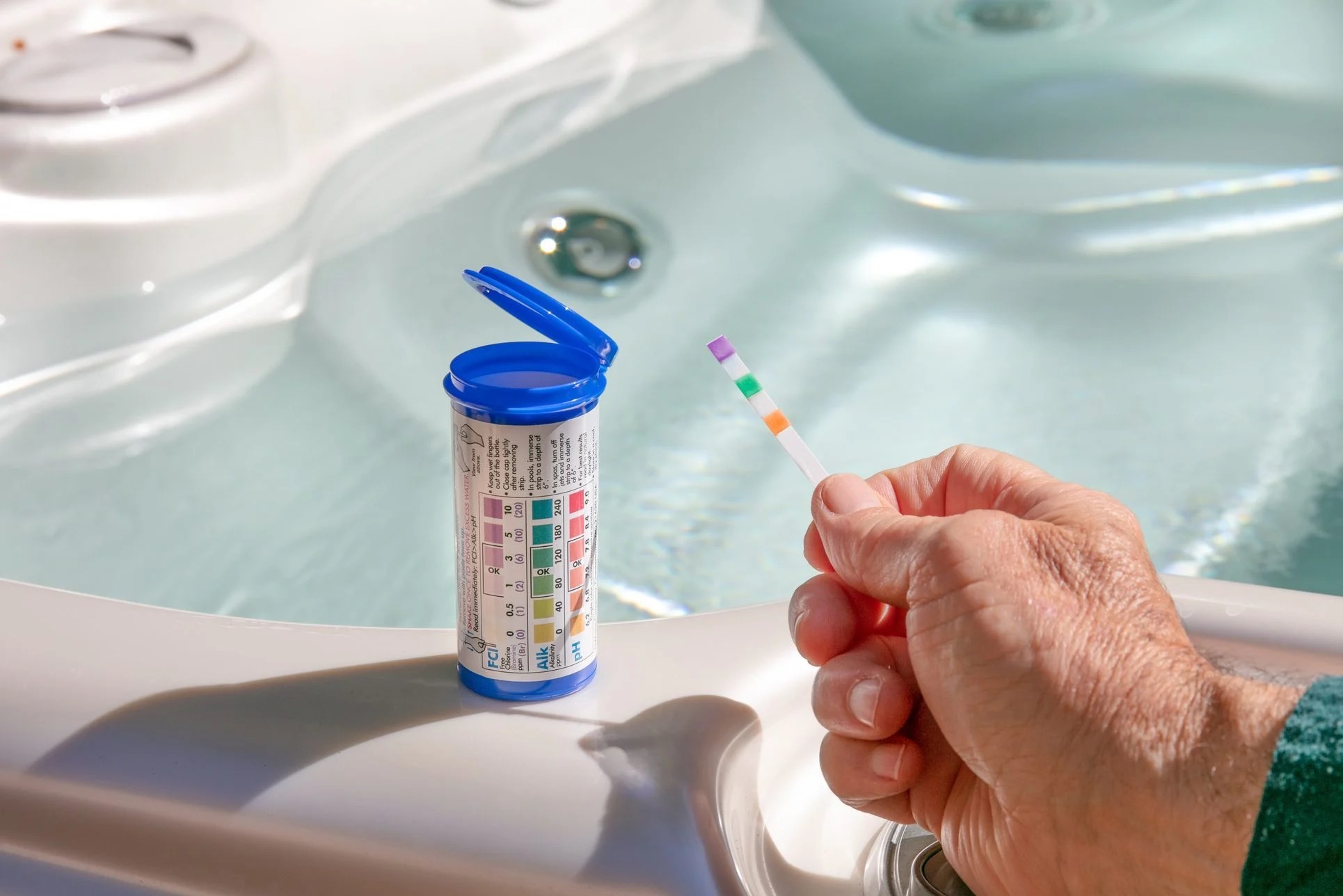
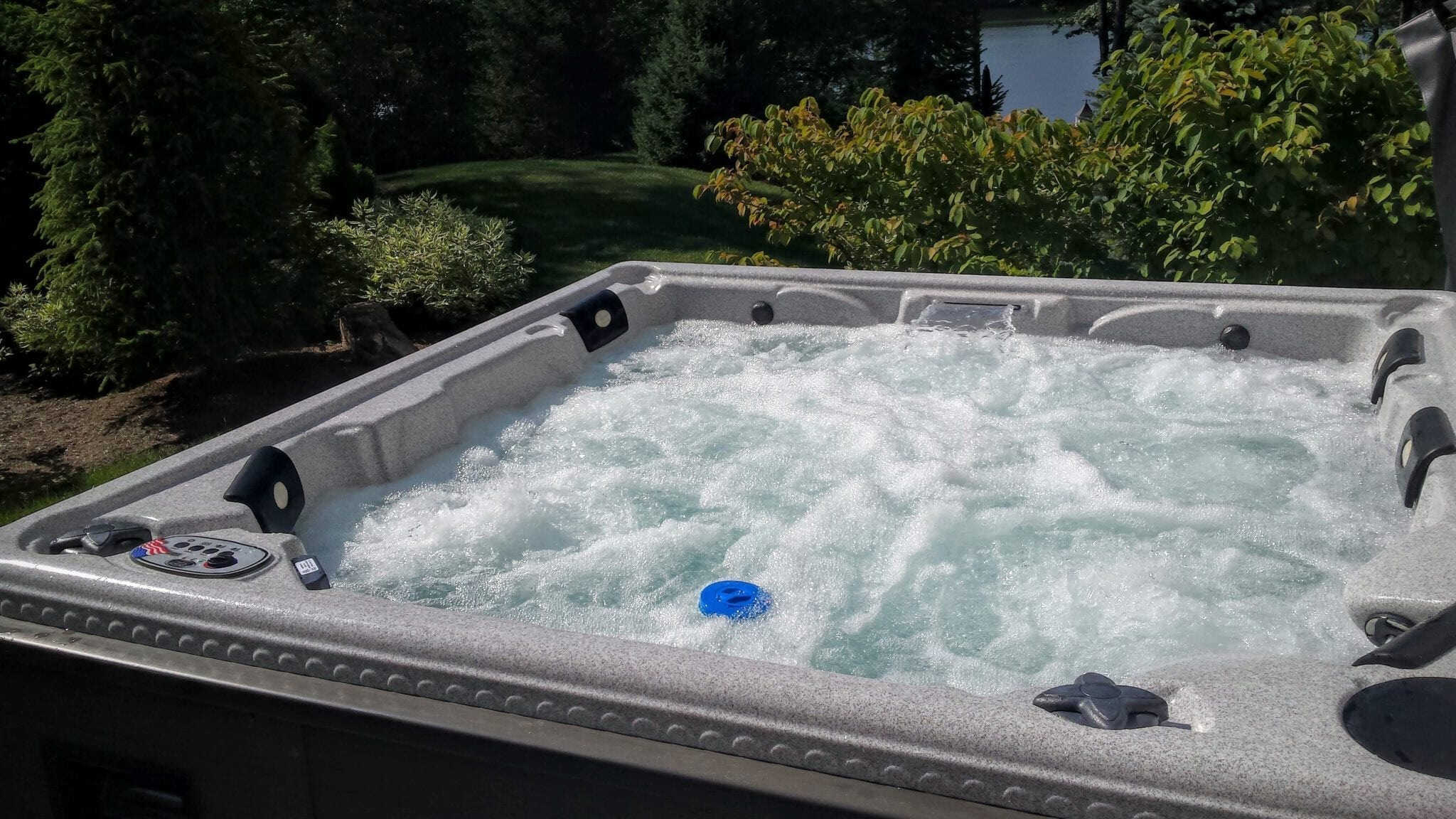
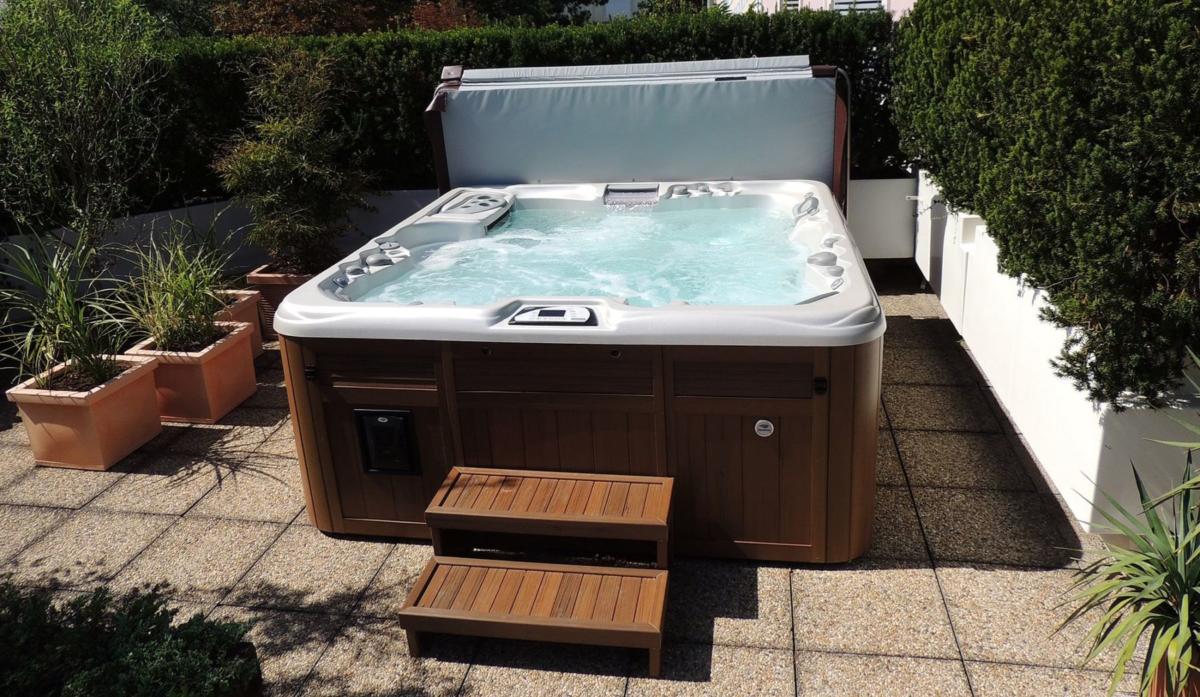
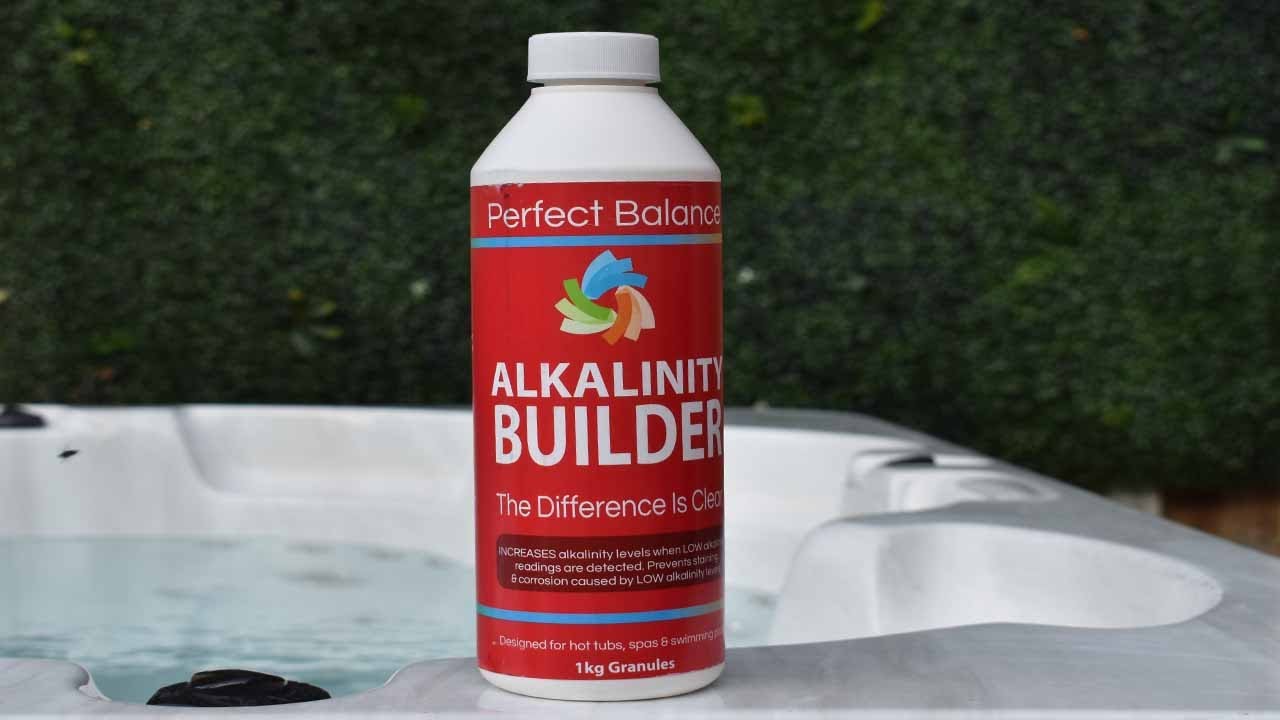
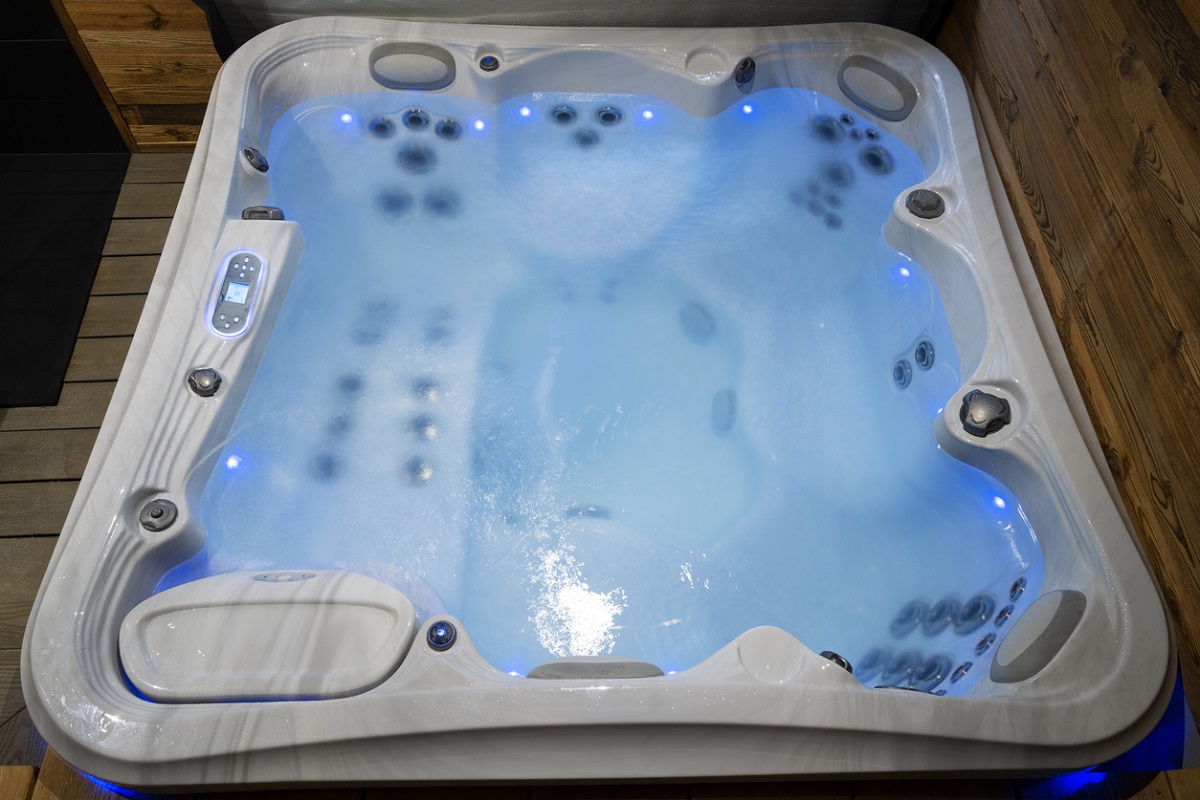
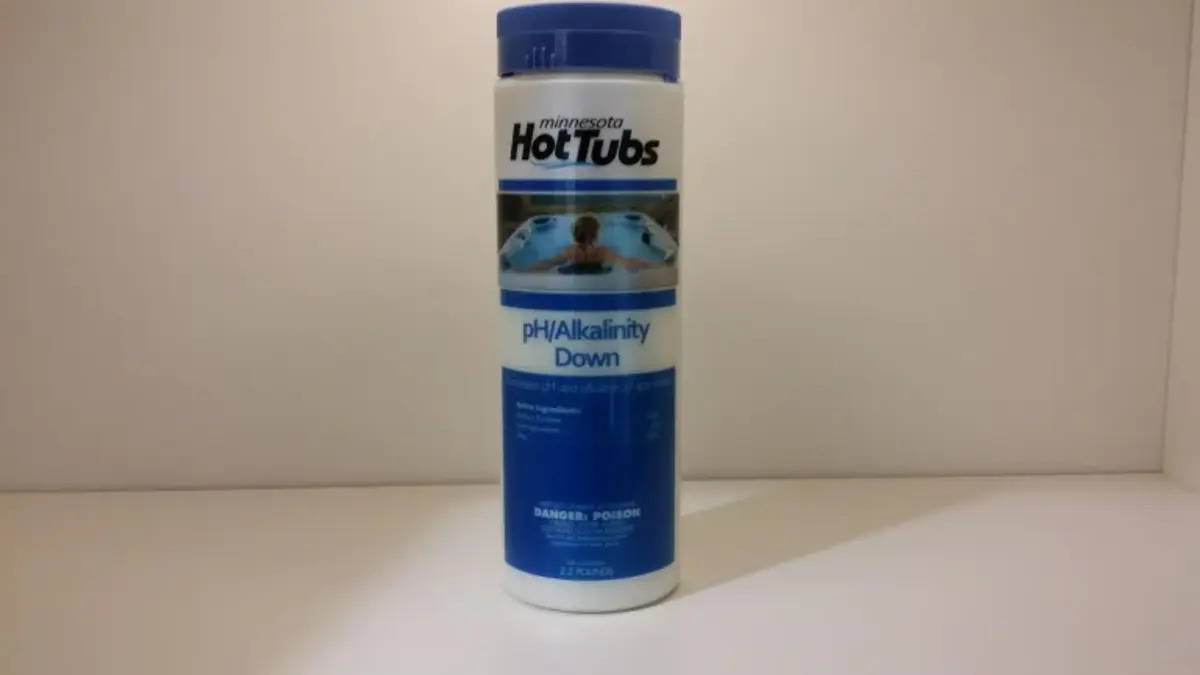
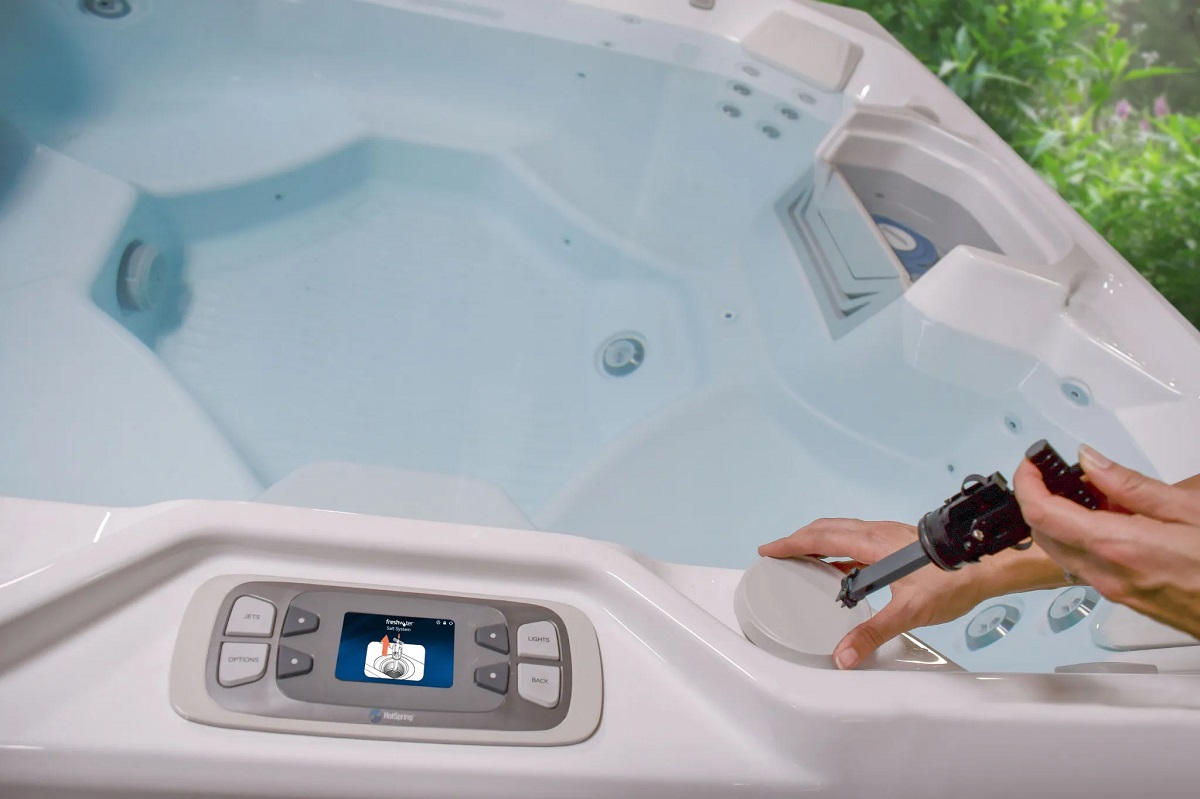
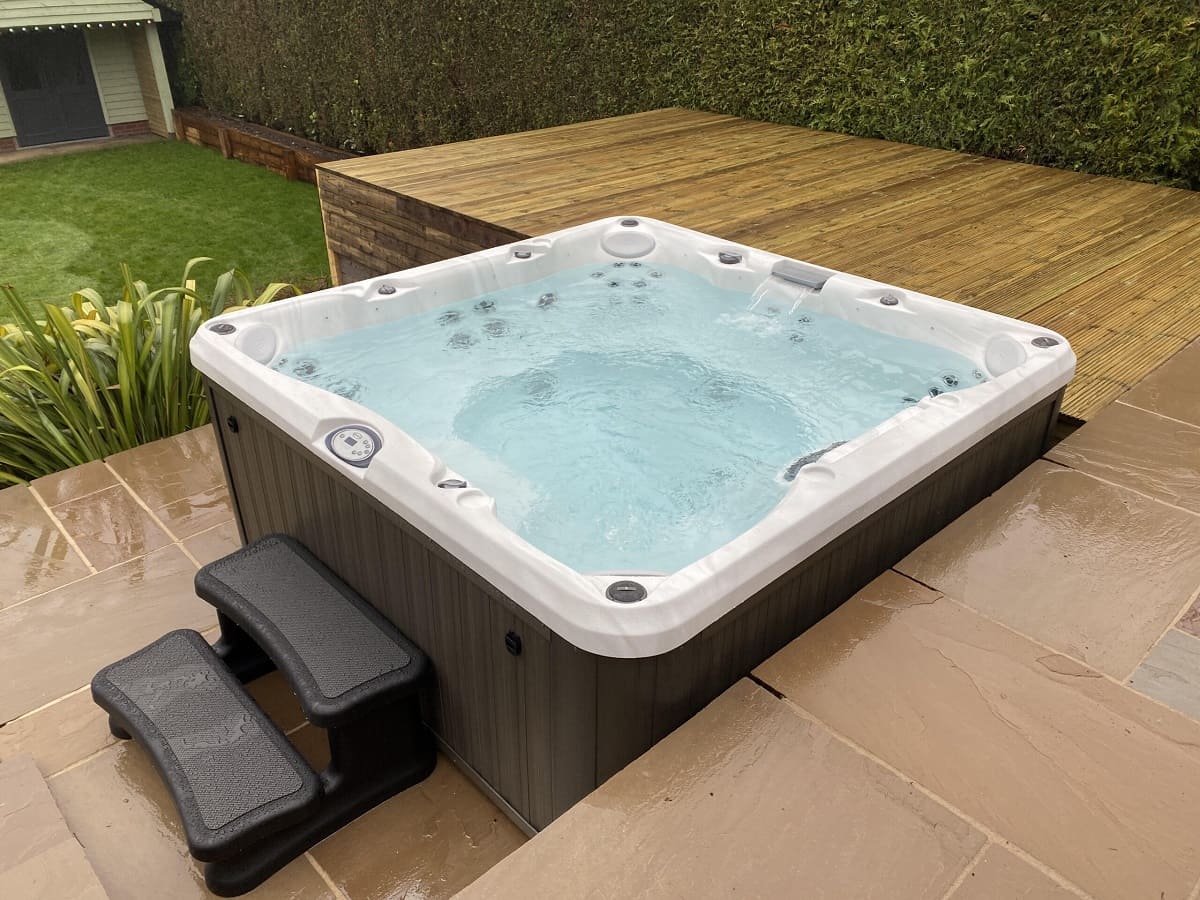
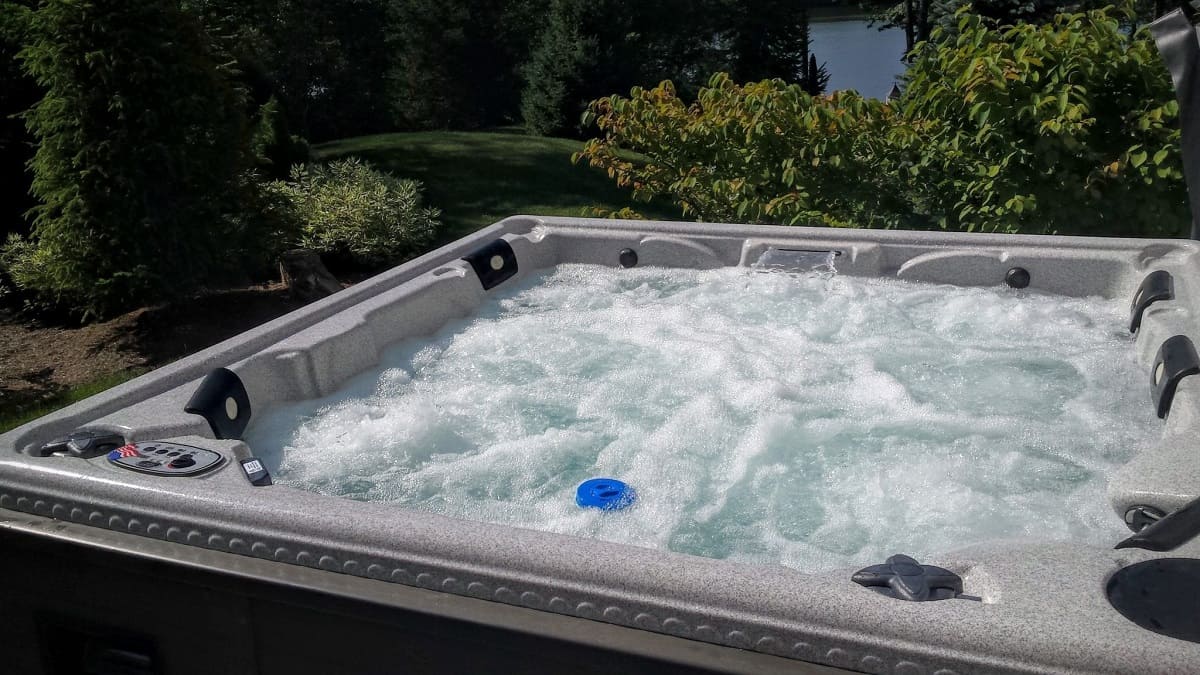


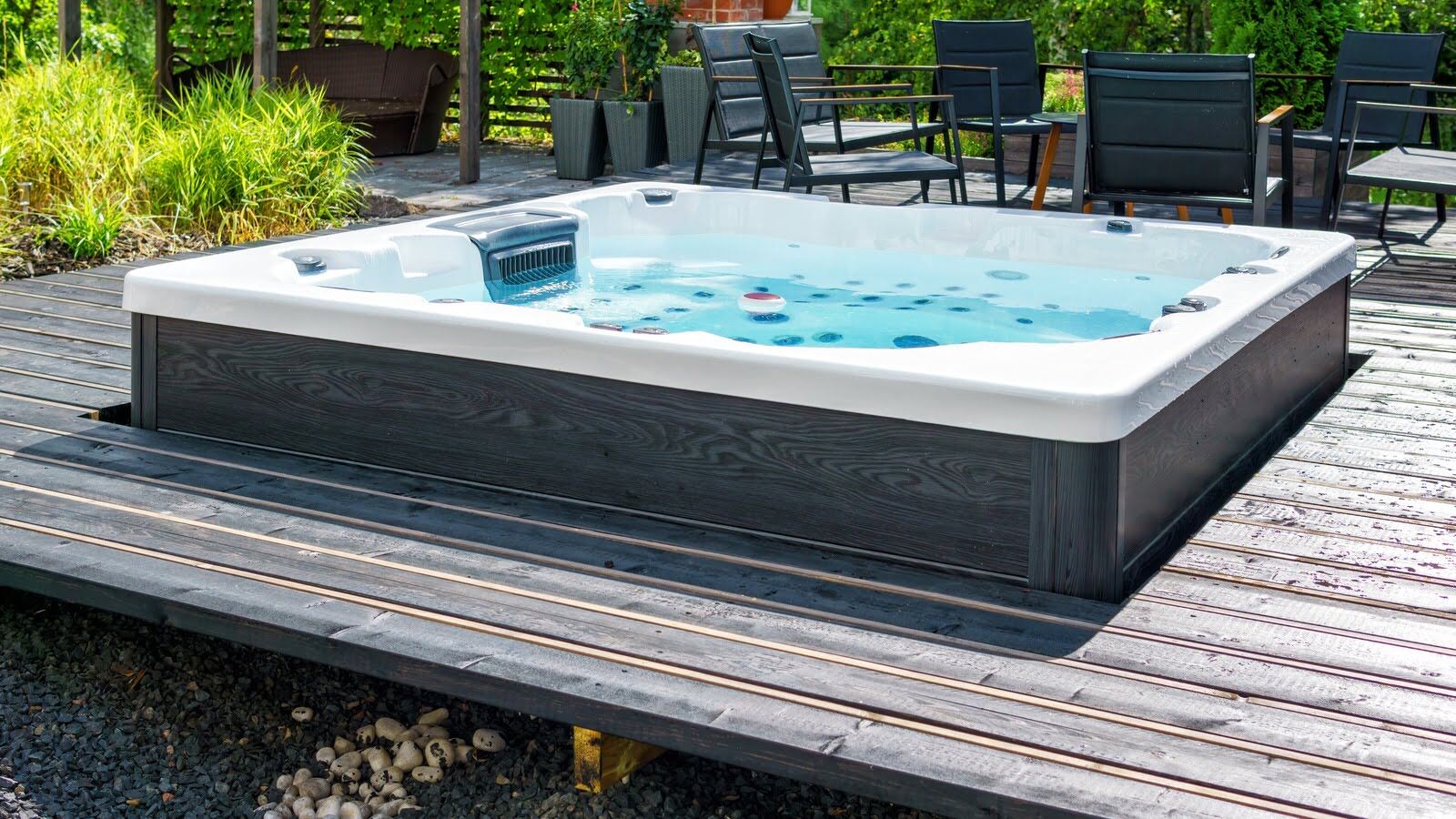
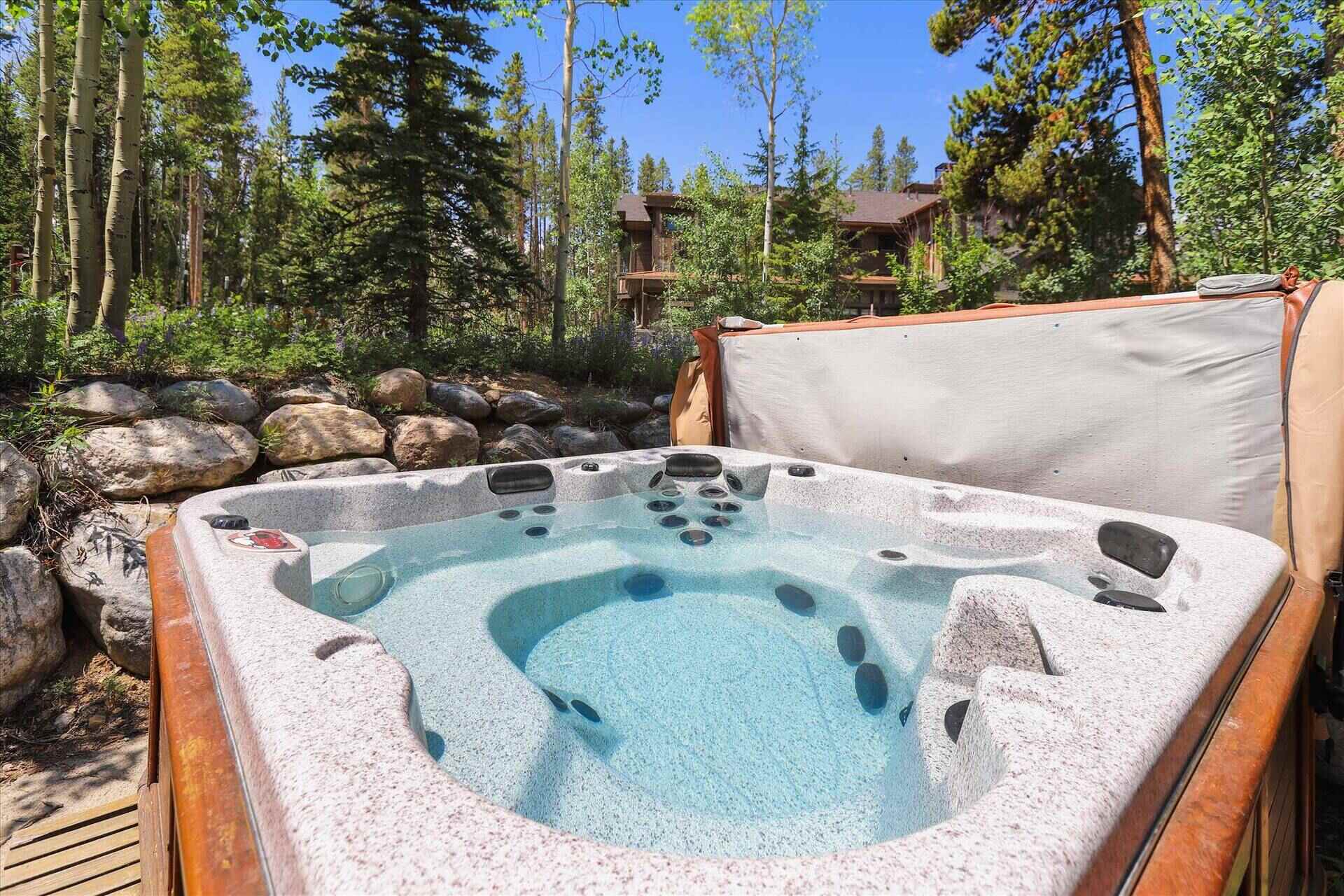


0 thoughts on “What To Do When Alkalinity Is High In Hot Tub”